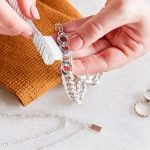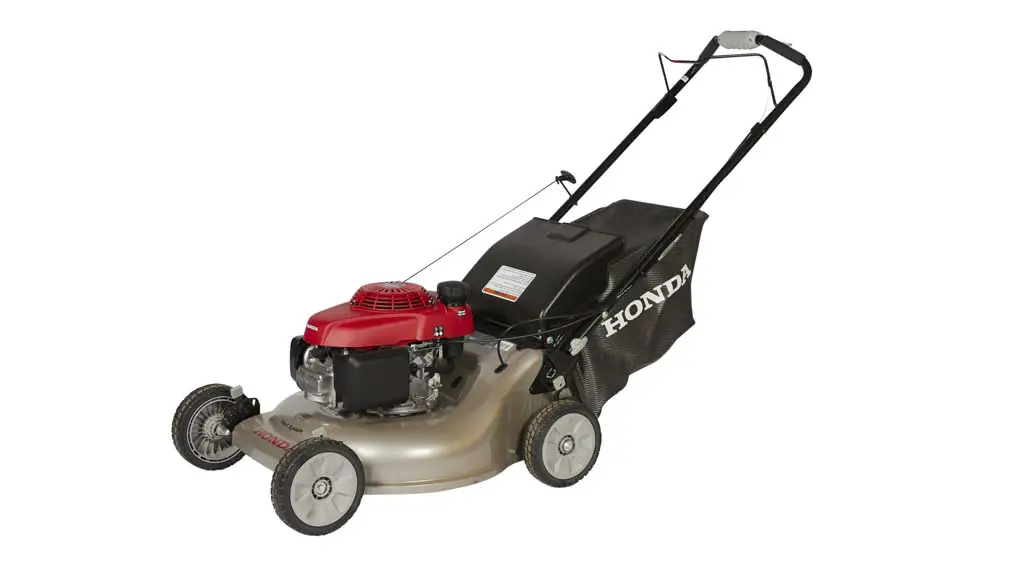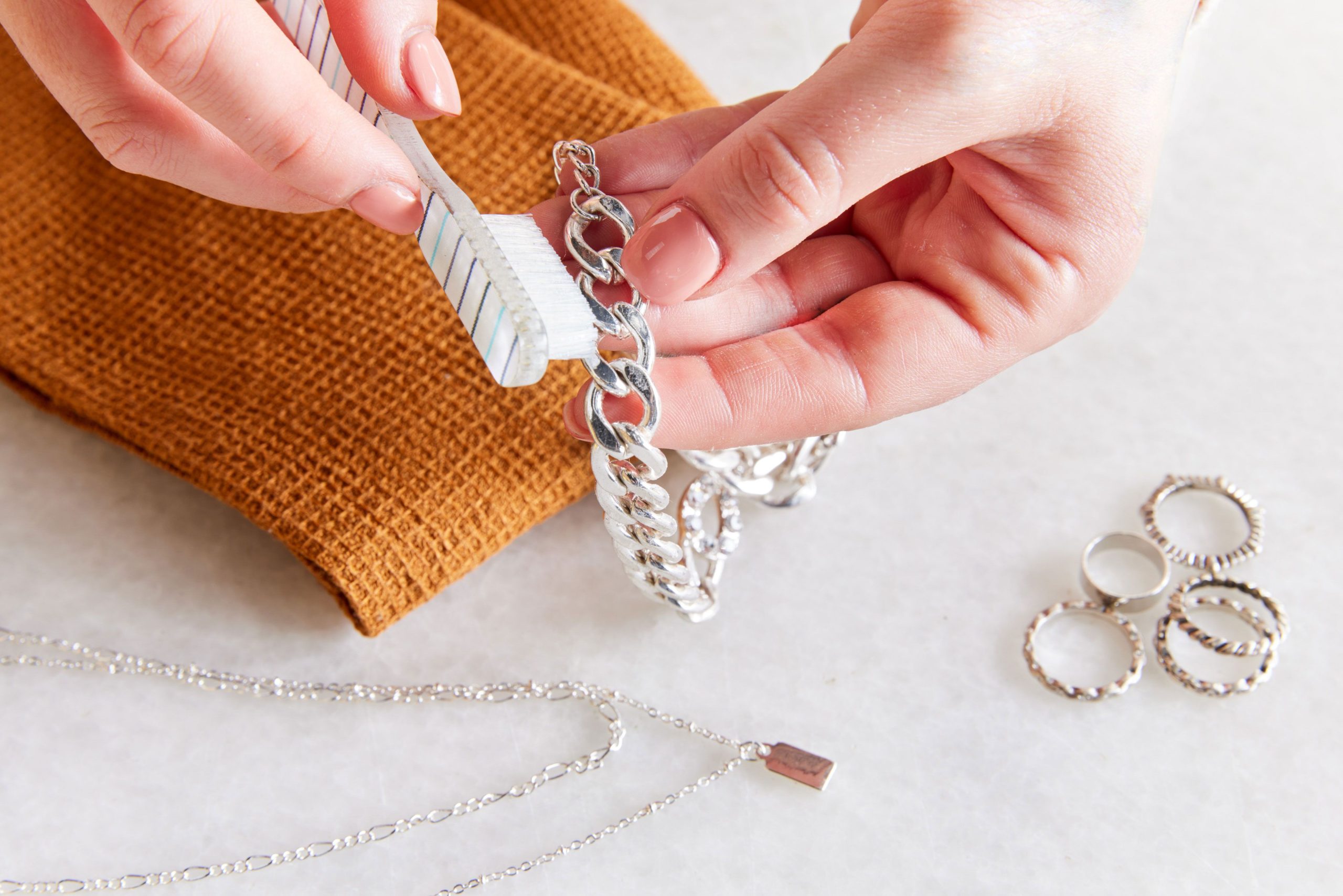To keep dogs from chewing, spray deterrents like bitter apple or citrus sprays on items. These sprays taste unpleasant to dogs.
Dogs chewing on household items can be frustrating and costly. Chewing is a natural behavior, but it can become a problem when it targets furniture, shoes, or other valuables. Spraying deterrents like bitter apple or citrus sprays is an effective solution.
These sprays have a taste that dogs dislike, which discourages them from chewing on treated objects. Always ensure the spray is safe for the material you apply it to. Training and providing appropriate chew toys can further help in curbing this behavior. Consistency and patience are key in teaching your dog what is acceptable to chew.

Credit: www.amazon.com
Common Chewing Triggers
Understanding why dogs chew is key to stopping this behavior. Common triggers can vary, but they often relate to natural instincts or emotional issues. Knowing these triggers helps you choose the right spray to keep dogs from chewing.
Teething Troubles
Puppies chew a lot when they are teething. Their gums hurt, so they chew to ease the pain. This stage can last until they are six months old. Provide them with safe chew toys to help. You can also use a bitter spray to keep them away from furniture.
Separation Anxiety
Dogs can chew due to separation anxiety. They feel stressed when left alone. This stress makes them chew on things. You can use calming sprays or sprays that taste bad to deter chewing. Make sure your dog has enough toys to keep them busy.
| Trigger | Solution |
|---|---|
| Teething | Safe chew toys, bitter spray |
| Separation Anxiety | Calming sprays, chew toys |
By understanding these common triggers, you can better prevent your dog from chewing on things they shouldn’t. Use the right sprays and provide plenty of chew toys to keep your dog happy and your home intact.
Why Use Anti-chew Sprays
Dogs love to chew. They chew because they are curious or bored. Chewing can damage furniture, shoes, and other belongings. Anti-chew sprays can help solve this problem. These sprays taste bad to dogs. This makes them stop chewing on things they should not.
Prevention Strategy
Using anti-chew sprays is a smart prevention strategy. Spray the items you want to protect. The bad taste will keep your dog away. This method is simple and effective. It helps save your belongings from damage. It also helps train your dog on what not to chew.
Safe For Pets
Anti-chew sprays are safe for pets. Most sprays use natural ingredients. These ingredients are not harmful to dogs. They are safe to use on furniture, shoes, and other items. Always check the label before buying a spray. Ensure it is safe for pets and your home.
| Feature | Benefit |
|---|---|
| Natural Ingredients | Safe for pets and children |
| Bitter Taste | Effective in preventing chewing |
| Easy to Use | Convenient and quick application |
- Choose a spray with natural ingredients.
- Spray on items you want to protect.
- Observe your dog’s behavior.
- Reapply as needed to ensure effectiveness.
- Buy a safe anti-chew spray.
- Read the label for instructions.
- Apply the spray on objects.
- Repeat if necessary.
Types Of Anti-chew Sprays
Dogs love to chew, but it can be destructive. Anti-chew sprays can help. They make items taste bad. This stops dogs from chewing them. Here are some effective types of anti-chew sprays.
Bitter Sprays
Bitter sprays are popular. They use ingredients like bitter apple or bitter cherry. These sprays taste awful to dogs. Dogs avoid chewing on items sprayed with them.
- Bitter Apple Spray: This is a common choice. It’s safe and effective.
- Bitter Cherry Spray: Another option. It works well for many dogs.
Use bitter sprays on furniture, shoes, and other items. Always read the label before use.
Citrus Sprays
Citrus sprays use lemon, lime, or orange. Dogs dislike the citrus taste and smell. This keeps them from chewing items.
| Spray Type | Key Ingredient |
|---|---|
| Lemon Spray | Lemon extract |
| Orange Spray | Orange extract |
| Lime Spray | Lime extract |
Citrus sprays are natural and safe. They also leave a pleasant scent. Spray them on plants, furniture, and other items.
Credit: www.maderacounty.com
Diy Anti-chew Solutions
Dogs love to chew. Sometimes they chew things they shouldn’t. This can be frustrating. Luckily, there are DIY solutions to help. These sprays can keep your dog from chewing. Let’s explore some effective mixtures.
Vinegar Mixture
Vinegar is a great deterrent for dogs. They dislike its strong smell and taste.
To make this spray, you need:
- 1 cup white vinegar
- 1 cup water
- Spray bottle
Mix the vinegar and water in the spray bottle. Shake well. Spray the mixture on the items your dog chews. The smell will keep them away. Be careful not to spray on sensitive surfaces.
Citrus Blend
Dogs do not like citrus smells. This makes citrus a good deterrent.
To make this blend, gather:
- 1 cup lemon juice
- 1 cup water
- Spray bottle
Combine the lemon juice and water in the spray bottle. Shake to mix. Spray it on the items your dog chews. The citrus smell will repel them. Ensure to reapply as needed.
How To Apply Anti-chew Sprays
Using anti-chew sprays can save your furniture and belongings from dog bites. Knowing how to apply these sprays correctly is key. This section will guide you through the process.
Target Areas
Identify the spots your dog chews the most. Common areas include:
- Furniture legs
- Shoes and slippers
- Electrical cords
- Door frames
- Remote controls
Focus on these spots to get the best results.
Application Tips
Follow these tips to ensure effective use of anti-chew sprays:
- Shake the bottle well before use.
- Spray a small amount on a hidden area to test.
- Apply the spray directly on the target area.
- Let it dry before allowing your dog near it.
- Reapply every few days for best results.
Ensure the spray is pet-safe and non-toxic. Always read the label instructions.
Training And Reinforcement
Training and reinforcement play a vital role in preventing dogs from chewing. This section provides tips and techniques to help you train your dog effectively.
Positive Reinforcement
Positive reinforcement encourages good behavior through rewards. Praise your dog when it chews on appropriate items. Use treats, affection, and verbal praise. This helps your dog understand what is acceptable.
- Offer treats when your dog chews on toys.
- Pet and praise your dog for good behavior.
- Use a cheerful tone to reinforce positive actions.
Consistency Techniques
Consistency techniques ensure your dog learns what is expected. Always correct chewing on inappropriate items. Redirect your dog to suitable chew toys. Be patient and persistent.
- Correct bad chewing behavior immediately.
- Provide chew toys and praise your dog when used.
- Maintain a routine to reinforce good habits.
| Method | Description |
|---|---|
| Positive Reinforcement | Rewarding good behavior with treats and praise. |
| Consistency Techniques | Regularly correcting bad behavior and providing alternatives. |
Alternative Chewing Solutions
Dogs love to chew. It’s natural and helps with anxiety and teething. But they don’t always choose the right things to chew. Let’s explore some alternative chewing solutions to keep them happy and your home intact.
Chew Toys
Chew toys are a great way to redirect your dog’s chewing. These toys come in various shapes, sizes, and materials. They cater to different chewing needs and preferences.
- Rubber Toys: Durable and long-lasting.
- Rope Toys: Good for dental health.
- Edible Chews: Tasty and safe to ingest.
Always choose high-quality chew toys that are appropriate for your dog’s size and chewing strength.
Interactive Puzzles
Interactive puzzles keep your dog’s mind and mouth busy. These toys challenge dogs to solve puzzles to get treats. They provide mental stimulation and prevent boredom.
There are different types of interactive puzzles:
- Treat-Dispensing Toys: Dogs need to figure out how to release the treats.
- Sliding Puzzles: Dogs slide pieces to reveal hidden treats.
- Hide-and-Seek Toys: Dogs find smaller toys hidden inside a larger toy.
Choose puzzles that match your dog’s intelligence level. Start with easier ones and progress to more challenging puzzles.
Monitoring And Adjusting
Keeping your dog from chewing requires constant monitoring and adjusting. This helps you understand what works best and what doesn’t. Every dog is different, so what works for one might not work for another. By observing your dog’s behavior, you can fine-tune your approach for better results.
Observing Behavior
To start, watch your dog’s behavior closely. Note what they chew and when they chew it. Is it during playtime or when they are alone? Identifying these patterns helps you know where to spray and when.
- Observe daily habits
- Take notes on favorite chewing spots
- Identify triggers like boredom or anxiety
For example, some dogs chew when they feel lonely. In such cases, more interaction might help. Keep track of these observations in a journal. This makes it easier to see trends and adjust your strategy.
Modifying Techniques
Once you have a good idea of your dog’s chewing habits, you can start modifying your techniques. If one spray doesn’t work, try another. Some dogs respond better to different scents or tastes.
- Try different anti-chew sprays
- Combine sprays with positive reinforcement
- Adjust spray frequency based on behavior
Positive reinforcement can be very effective. Reward your dog when they chew on acceptable items. This teaches them what is okay to chew and what is not. You might also need to adjust the frequency of your sprays. If your dog starts chewing again, increase the spray frequency.
Below is a simple table to track your adjustments:
| Date | Observation | Action Taken | Result |
|---|---|---|---|
| 2023-10-01 | Chewing shoes | Sprayed anti-chew on shoes | Reduced chewing by 50% |
| 2023-10-05 | Chewing furniture | Switched to bitter apple spray | No chewing observed |
Using a table like this helps you keep track of what you have tried and what works best. Consistent monitoring and adjusting make it easier to find a solution that works for your dog.

Credit: www.amazon.com
Frequently Asked Questions
What Scent Will Deter Dogs From Chewing?
Citrus scents like lemon, orange, and lime deter dogs from chewing. Vinegar and chili pepper also work effectively.
What Can I Spray To Deter Dogs From Chewing?
You can spray a mix of apple cider vinegar and water to deter dogs from chewing. Bitter apple spray also works well.
What Can You Put On Something To Keep A Dog From Chewing?
Apply bitter apple spray or citrus spray to deter chewing. Provide chew toys and ensure enough exercise.
What To Spray On Furniture To Deter Dog Chewing?
Use a bitter apple spray to deter dog chewing on furniture. It’s safe and effective. Also, try vinegar or citrus sprays.
What Sprays Deter Dogs From Chewing?
Anti-chew sprays like bitter apple or citrus work well. They deter dogs with their unpleasant taste.
Conclusion
Choosing the right spray to keep dogs from chewing can save your belongings. Natural options like citrus sprays are effective and safe. Consistency in application is key for success. By understanding your dog’s needs, you can prevent chewing and ensure a happier, healthier pet.
Start using these sprays today for a chew-free home.

“My name is Leo Jacob, and I hold a Bachelor of Science degree with Honors in Applied Environmental Science and Sustainability from the University of the West of Scotland. Since childhood, I’ve been passionate about living an eco-friendly life. After completing my studies, I dedicated myself to finding simple ways to lead a more environmentally conscious lifestyle. I launched ecolifely.com to share my educational background and practical experiences with everyone, hoping to inspire others to join me in creating a greener, more sustainable world.”












Leave a Reply